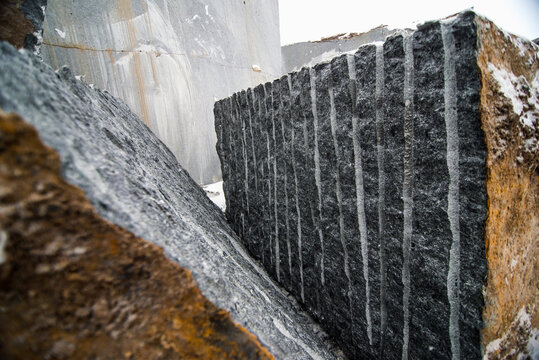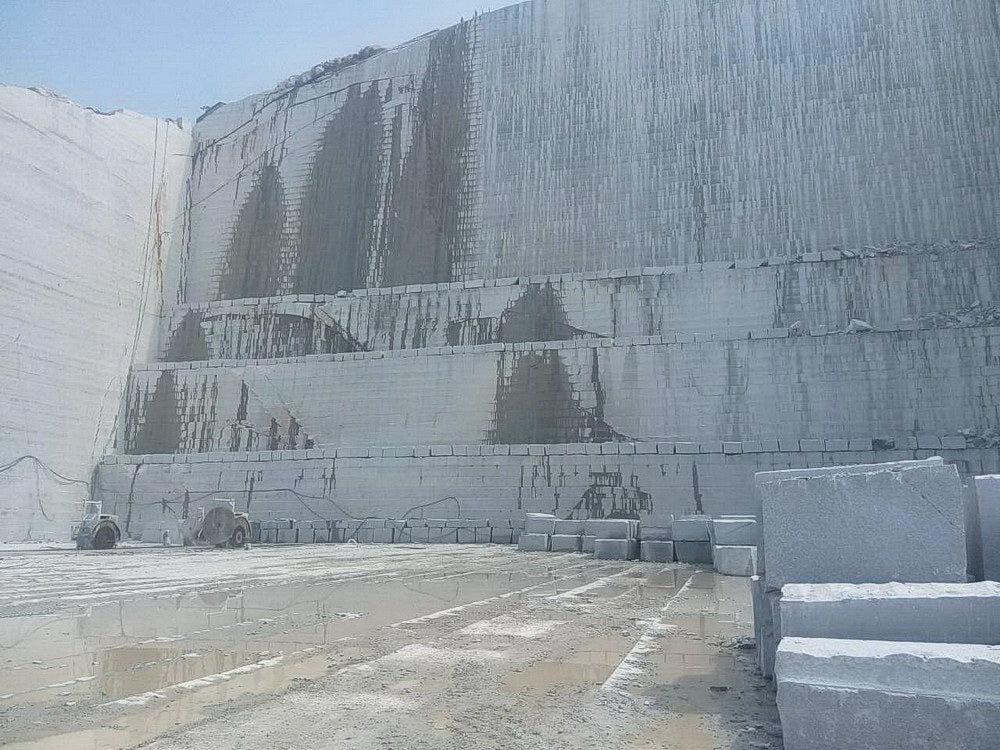Discovering Granite Quarries in South Africa: A Comprehensive Guide
Discovering Granite Quarries in South Africa: A Comprehensive Guide
Blog Article
Unveiling the Mysteries of Granite Quarrying: Where Toughness and Sophistication Meet
The world of granite quarrying is a realm where the raw toughness of nature assembles with human virtuosity to produce structures that stand the test of time with an air of elegance. From the midsts of quarries to the thorough polishing in workshops, the process of transforming granite right into architectural wonders is an intricate dancing of practice and technology. As we peer right into the depths of this ancient craft, we start to uncover the covert ins and outs that form the very essence of our developed setting.
The Origins of Granite Quarrying
In the record of architectural history, the origins of granite quarrying are shrouded in a tapestry of ancient craftsmanship and geological marvels. Going back to old Egypt and Mesopotamia, the extraction of granite from quarries marked the beginning of a trip that would eventually bring about the production of several of the world's most legendary frameworks.
Granite quarrying's roots can be traced to the skilled craftsmens that recognized the rock's durability and visual allure. Via a combination of primitive devices and sheer determination, these early quarry employees unearthed granite blocks that would become the building blocks of human beings.
As civilizations progressed, so did the strategies of quarrying granite. The Romans, renowned for their engineering expertise, established advanced techniques for extracting granite to build monoliths, holy places, and roadways that stood the test of time.
The tradition of these old quarrying techniques continues to form modern design, with granite remaining a sign of strength and sophistication in building tasks around the world. (granite quarries in south africa)
Tools of the Quarrying Profession
The advancement of granite quarrying methods from ancient human beings to modern-day times highlights the important duty played by the devices of the quarrying trade in shaping the industry's methods. In ancient times, quarrying tools were primary, often including chisels, hammers, and wedges made from products like bronze or iron. These devices required considerable workforce and time to remove granite obstructs from quarries.

In addition, the introduction of pneumatically-driven devices and high-powered equipment has significantly lowered the physical labor needed in quarrying operations, improving worker safety and efficiency. As the quarrying industry remains to introduce, the tools of the trade stay at the forefront of driving progression and shaping the future of granite removal.
Removing Blocks of Granite
Utilizing precision equipment and advanced methods, the extraction of granite blocks from quarries has come to be an advanced procedure in the modern quarrying market. Regulated blasting methods are after that used to damage apart the granite into workable areas.

Polishing and Ending Up Strategies
To accomplish a perfect surface area on granite blocks, skilled craftsmens employ a collection of careful polishing and completing techniques. After the first extraction and forming processes, the granite obstructs undergo a detailed sprucing up phase to improve their natural appeal and sturdiness. One common technique used in brightening granite is ruby abrasion, where industrial rubies are utilized to grind and brighten the stone to a smooth surface. This process not only develops a shiny surface area but navigate to this site additionally guarantees uniformity in shade and appearance throughout the granite block.
In addition to polishing, ending up strategies are applied to additional improve the granite's look. These techniques may include flaming, refining, or cleaning, each offering unique textures and surfaces to fit various visual choices. Flaming, for example, involves subjecting the granite surface area to heats to develop a harsh, distinctive finish, ideal for outdoor applications where slip-resistance is vital. Refining, on the various other hand, gives a matte coating that is smooth to the touch, excellent for indoor counter tops and flooring. By very carefully choosing and using these brightening and completing methods, artisans can transform raw granite blocks into splendid pieces that showcase both strength and elegance.

Ecological Effect and Sustainability
With the expanding emphasis on ecological consciousness in the market, granite quarrying techniques are progressively looked at for their effect on all-natural resources and long-lasting sustainability. Quarrying for granite can have substantial environmental ramifications. The removal process commonly involves using hefty equipment, explosives, and big quantities of water, resulting in environment devastation, soil erosion, and water contamination. In addition, the transportation of granite from quarries to processing facilities creates carbon exhausts, even more contributing to ecological destruction. granite quarries in south africa.
To mitigate these impacts and guarantee sustainability in granite quarrying, market stakeholders are embracing different procedures. Carrying out innovative modern technologies to lower power intake and water use, redeeming quarried land for eco-friendly reconstruction, and advertising liable sourcing techniques are some methods being used. Certifications such as the Woodland Stewardship Council (FSC) visit this site and the Management in Power and Environmental Style (LEED) help customers recognize ecologically friendly granite products.
Conclusion
In verdict, granite quarrying is a click this procedure that requires specialized devices and techniques to remove blocks of granite and polish them to a high degree of surface. While the environmental effect of quarrying can be significant, initiatives are being made to improve sustainability techniques in the market. Overall, granite quarrying is a fragile equilibrium between harnessing the stamina and elegance of this all-natural stone while lessening its influence on the atmosphere.
Report this page